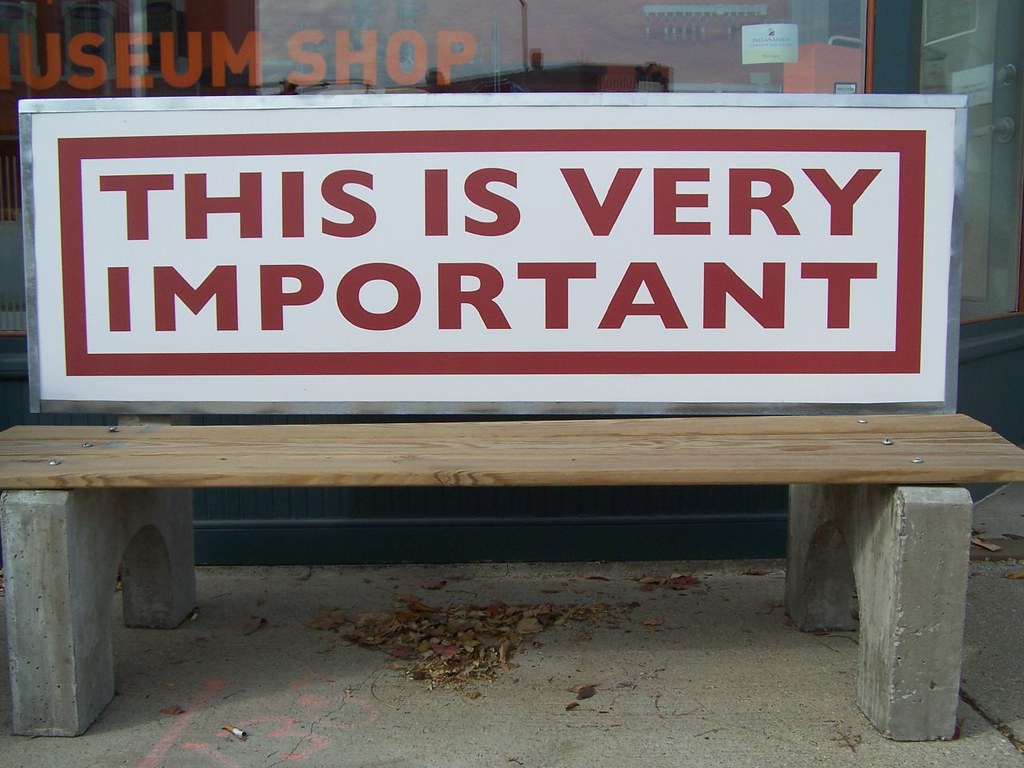
A greater purpose will give your customer and employee experience an extra edge
February 2, 2018
When it comes to customer experience, will you be in Forrester’s 30% ?
February 9, 2018The Age Of Agile and why agile is more than a tool or method – Interview with Steve Denning
Today’s interview is with Steve Denning, who describes himself as a writer, author, journalist and a renaissance man. He is very modest so I have included a more detailed bio for him below. As well as being a fellow Forbes contributor, he has just published a new book called The Age of Agile: How Smart Companies Are Transforming the Way Work Gets Done and joins me to day to talk about the new book, the imperative behind it and what leaders and entrepreneurs need to be thinking about in order to build and sustain competitiveness in their organisations.
This interview follows on from my recent interview – Fairness For All, workplace happiness and an inside look at the John Lewis Partnership – Interview with Lord Mark Price – and is number 250 in the series of interviews with authors and business leaders that are doing great things, providing valuable insights, helping businesses innovate and delivering great service and experience to both their customers and their employees.
Highlights from my conversation with Steve:
- Steve has recently published The Age of Agile: How Smart Companies Are Transforming the Way Work Gets Done.
- Agile is more than a tool or method. It is a whole new way of approaching the management and running of organisations.
- Many of the insights in the book come from a learning consortium that Steve helped set up with firms that wanted to better understand this new way of working. These firms involved in the learning consortium represent a wide variety of firms including firms like Microsoft, Menlo Innovations, Fidelity Investments and Riot Games.
- There is a lot of BS that floats around the topic of agile.
- There are a lot of firms that claim to be agile that are not. And, there are others who don’t use the term agile but operate in an agile way.
- The next frontier in agile is strategic agility, which is all about getting beyond operational agility and how we can make things better, cheaper, faster etc to a place where we doing things not only better but differently.
- Agile practices have their origins that reach much further back than the famous meeting of 17 software developers in 2001 at the Snowbird resort in Utah that spawned the Agile Manifesto. Iterative work practices can be traced, at least as far, back to Helmuth von Moltke, the Chief of the Prussian army who was using iterative work practices in the 1860s.
- What is different about what is happening now is that we are now learning about how to put these type of thoughts and practices into a single coherent system.
- The very largest organisations in the world are starting to implement this type of approach including the five largest firms by market capitalisation (Apple, Amazon, Google, Facebook and Microsoft).
- This is nothing short of a revolution in organisational and management thinking.
- Agile is a mindset and is a completely different way of seeing the world. The world where now the customer is at the centre of things.
- However, adopting an agile approach will face headwinds.
- The mindset shift challenge is only part of the picture. Many firms have the goal of pursuing the maximisation of shareholder value. This is in opposition to what and agile approach is focused on – the goal of focusing on delivering value to the customer through continuous innovation. A firm can only have one primary goal and the pursuit of an agile approach will require firms to choose.
- The real choice for the economy is whether we are going to have an economy that is creating value for customers or one that is extracting value for the few (shareholders).
- Jack Welch, former head of GE, in 2009 came to the conclusion that the pursuit of the maximisation of shareholder value was the dumbest idea in the world.
- Recently, Larry Fink, CEO of BlackRock, the world’s largest institutional investor, announced that it would be increasingly investing in companies based on their purpose as they start to look beyond investing only for short-term gains.
- Agile is not about ever arriving. Agile is a journey and everyone will face challenges along the way.
- Companies that are pursuing this type of approach (beyond the usual suspects) include firms like Ericsson, Fidelity Investments, Vistaprint, CH Robinson, Riot Games, Spotify, BMW, American Express, Target and All State Insurance.
- Many of these firms are successful and profitable but some, like Barclays, are facing big challenges. They see the adoption of this type of approach as one that will help them innovate, survive and thrive.
- Microsoft has been on this journey for around 10 years and they are still a long way from it covering the whole organisation.
- This is a multi-year journey and is not something you will complete in three weeks.
- Steve has not seen any successful agile transformations that operate solely as a top down effort. The most successful initiatives are a combination of top-down and bottom up efforts. Typically, the most successful efforts start with a team or a unit, it then spreads from there and is then endorsed by the top management.
- In software the debate about whether to operate in an agile way is over. In other areas, there is less agreement about what, say, an agile HR or legal or finance function looks like. There is still a lot of experimentation going on to help better understand that.
- Steve’s advice to executives, leaders or entrepreneurs that are struggling to keep up with their competition or struggling to stand out is to:
- First, learn. Learn what this is all about, where it came from, how it got started, talk to colleagues and visit firms that are operating in this way.
- Secondly, if you are in an organisation of any significant size, go into your organisation and find out who is operating this way already and learn from them.
- Thirdly, identify champions in your organisation who want to get involved, take a risk and try it out in their unit.
- Fourthly, set up a group that has responsibility for overseeing this evolution. No one reports to this group but rather it’s function is to encourage, gather and share information across the organisation.
- Finally, employ a coach to help guide you along the way.
- Agile is very much a human development and is all about developing workplaces that are fit for human beings.
- Grab a copy of The Age of Agile: How Smart Companies Are Transforming the Way Work Gets Done. Meanwhile, on Feb 8th, Steve will be have a big launch event where he and a whole punch of collaborators with be giving away lots of free goodies to purchasers of the book. More details at his website: www.stevedenning.com
About Steve
Stephen (Steve) Denning was born in Sydney, Australia. He studied law and psychology at Sydney University. After doing a post-graduate law degree at Oxford University, he joined the World Bank where he worked for several decades in various management capacities, including Program Director of Knowledge Management from 1996-2000.
Steve consults with organizations around the world on leadership, innovation, management and business narrative.
He is currently a director of the Scrum Alliance, an Amazon Affiliate and a fellow of the Lean Software Society.
He is the author of eight books, including The Leader’s Guide to Radical Management: Reinventing the Workplace for the 21st Century, which was published by Jossey-Bass in October 2010.
His website (www.stevedenning.com) has an extensive collection of materials on radical management, leadership, innovation, knowledge management and business narrative.
Grab a copy of his latest book: The Age Of Agile here and check his list of other books here. While you are at it take a look at his articles on Forbes here, say Hi to him on Twitter @stevedenning and connect with him on Linkedin here.
Thanks to Pixabay for the image.





2 Comments
Thank you for the interview. It’s brilliant to have written descriptions of Agile mindset and examples from the business world. Does Mr. Denning also go into the means by which individuals, teams, and, ultimately, organizations can go about shifting their mindset (and culture) toward one that’s more Agile-like? Seems like this could relate to the brain science around developing new skills and thinking to replace the old—often through coached practice.